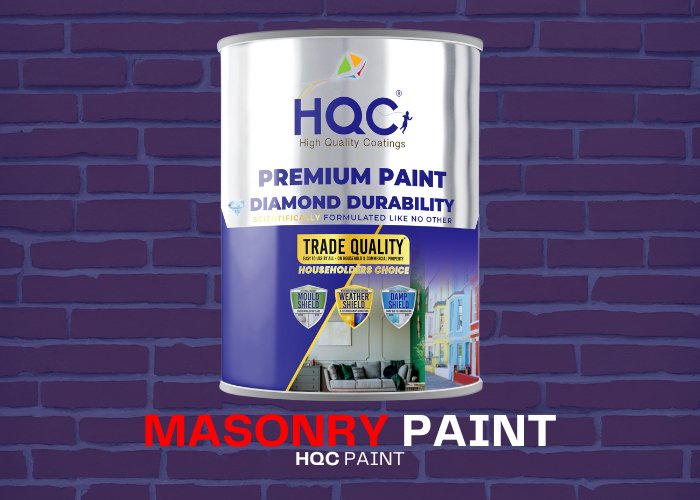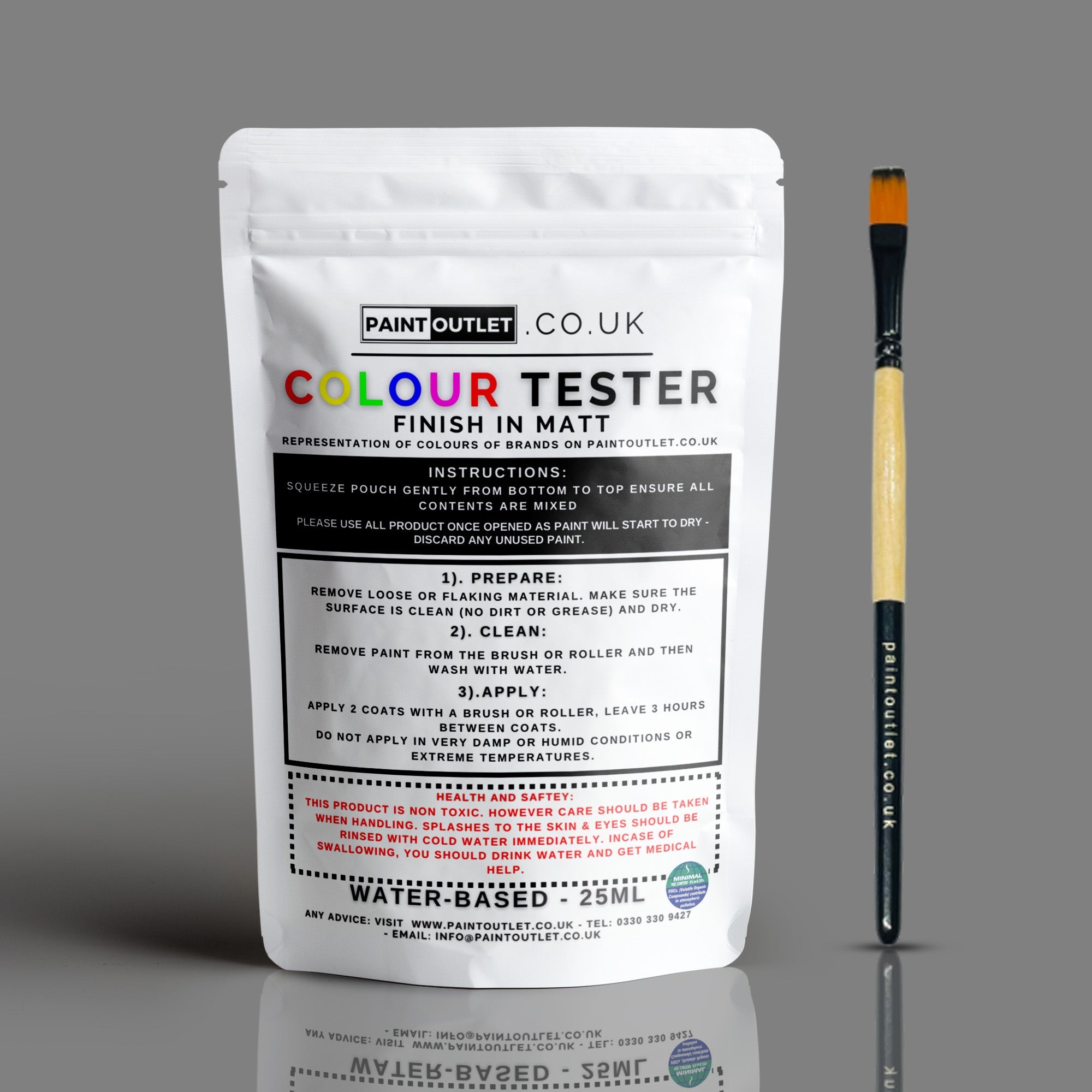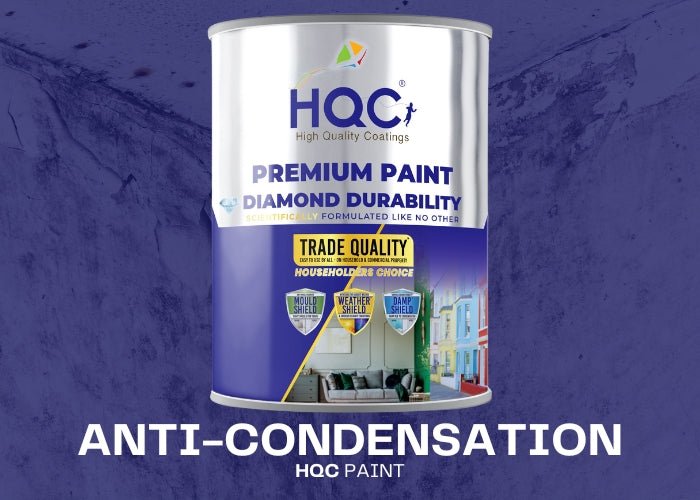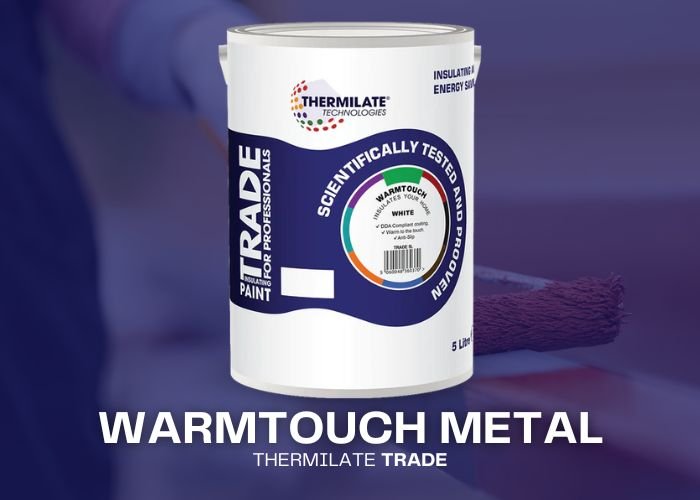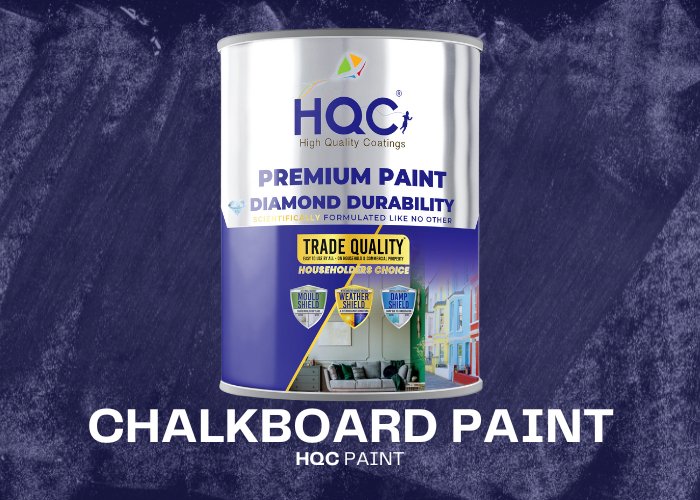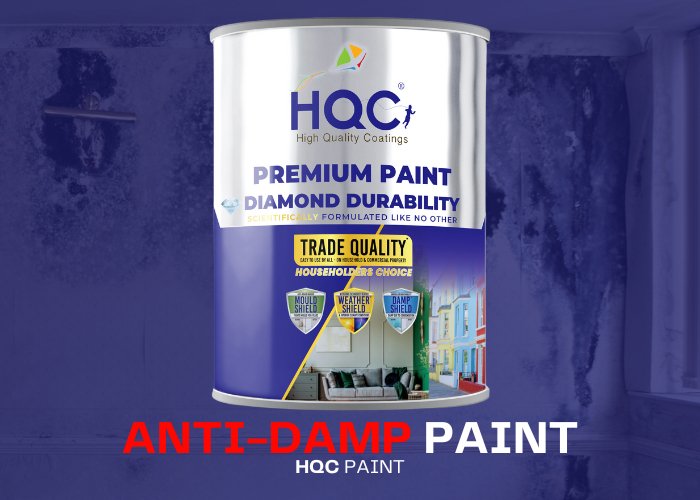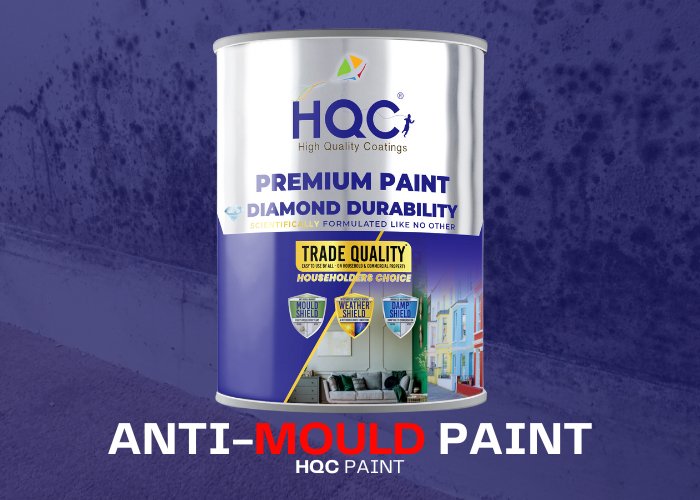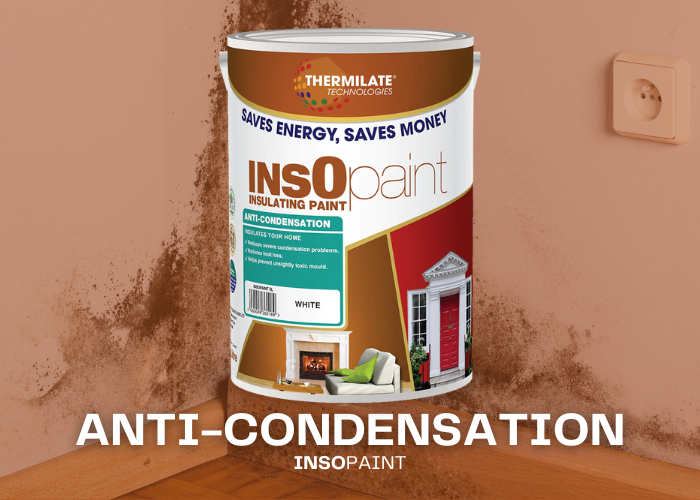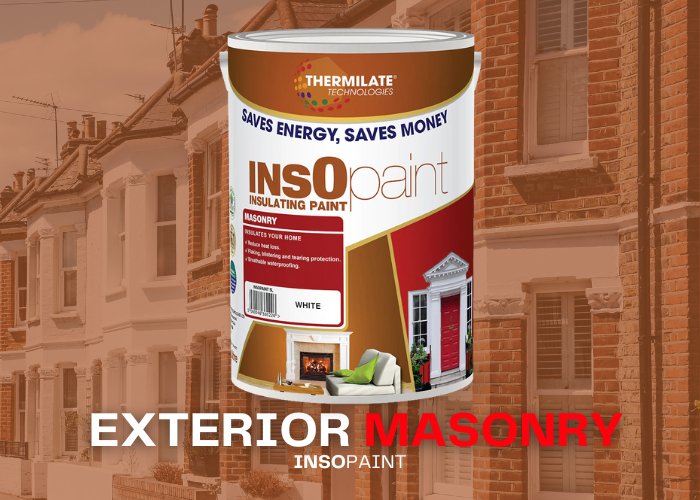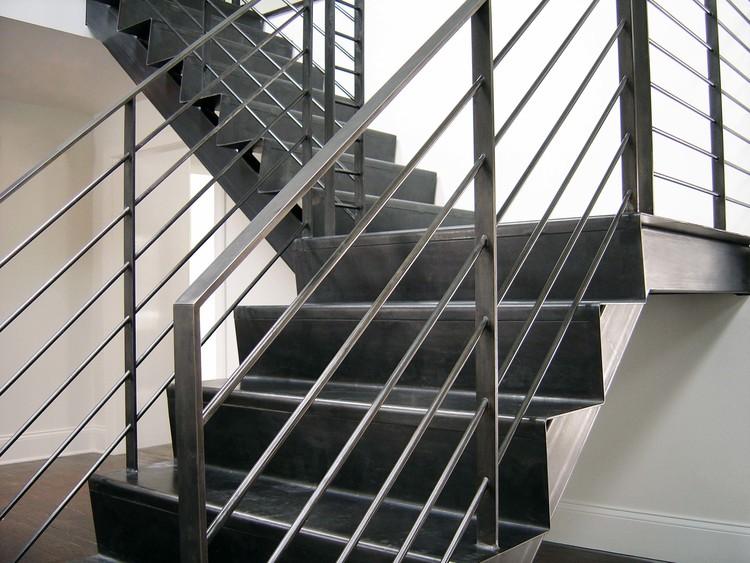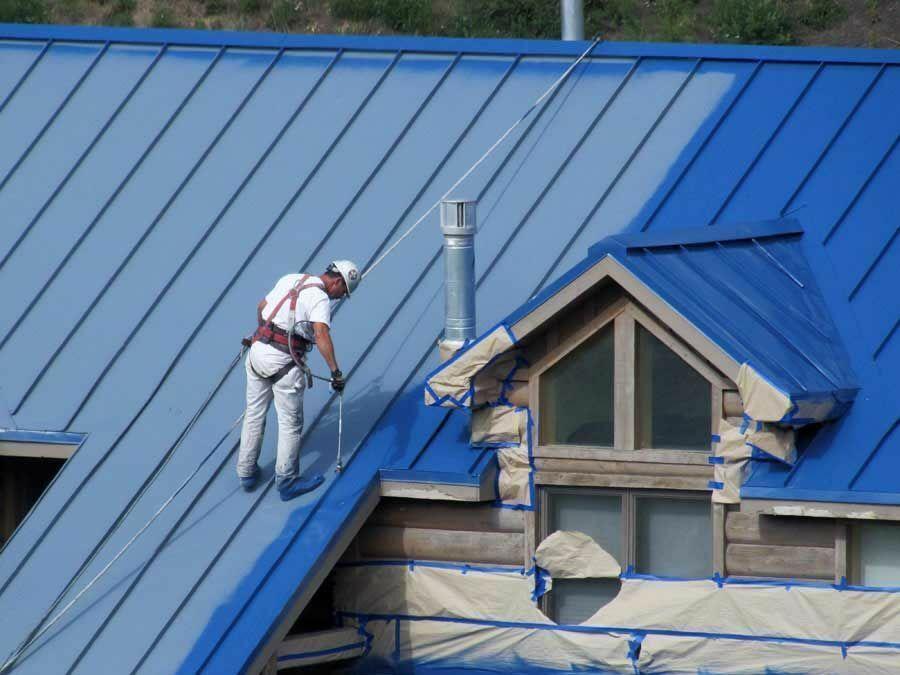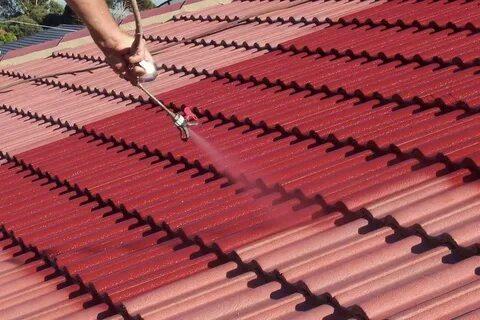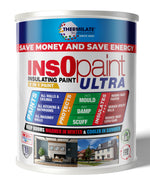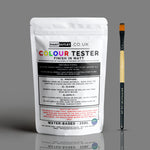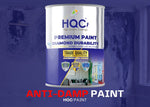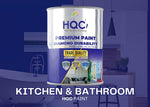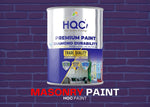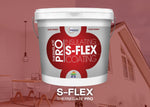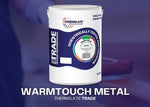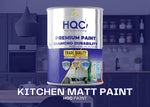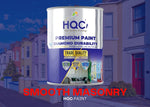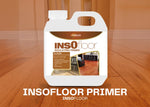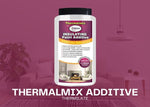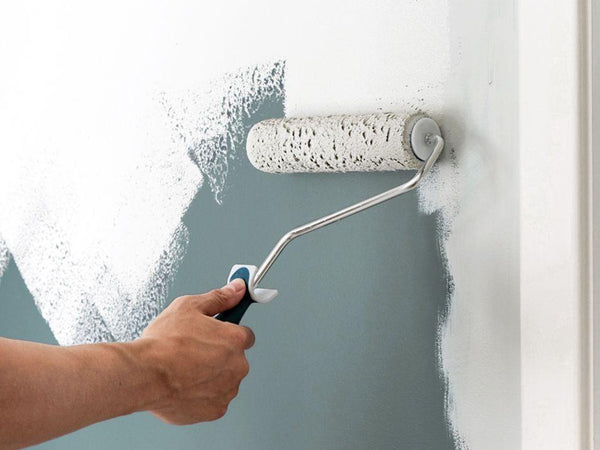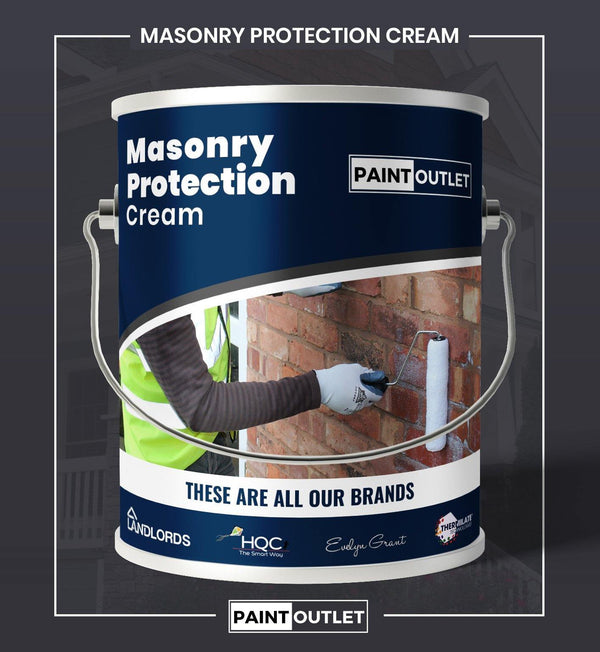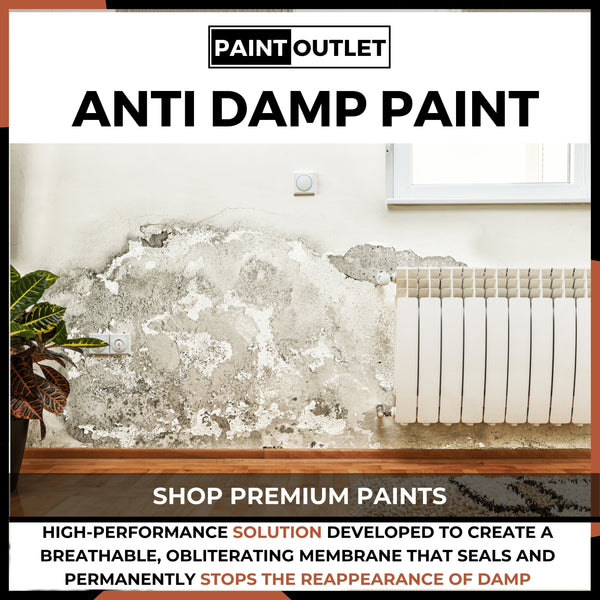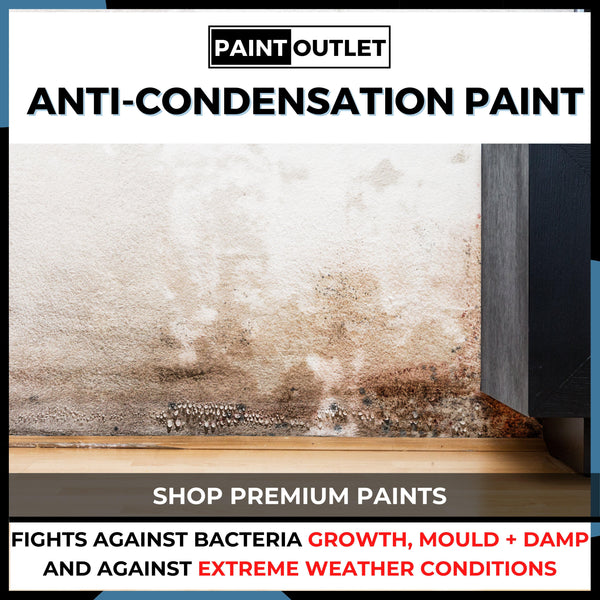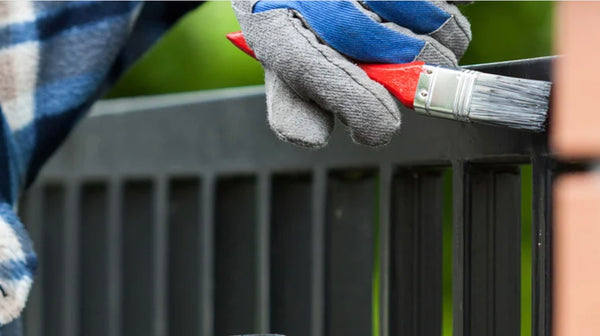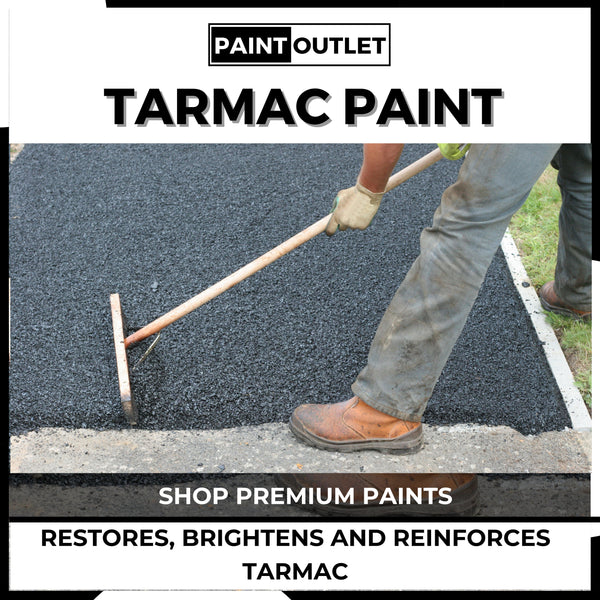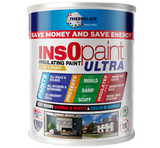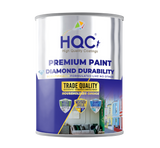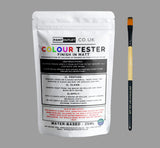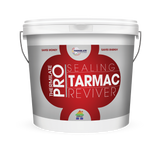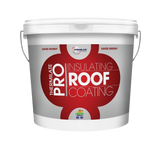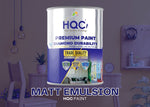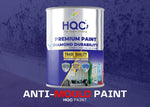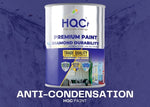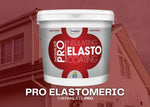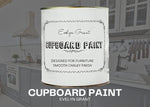Introduction
Metal scaffolding can become uncomfortable and even dangerous for workers when exposed to extreme temperatures. In cold weather, metal surfaces can become too cold to touch, while in the summer, they can become scorching hot, creating safety hazards for workers. These temperature fluctuations not only cause discomfort but can also lead to structural issues due to the expansion and contraction of the metal. To prevent these problems and improve both safety and durability, using insulating and weatherproof paints is essential. This guide will show you how to properly paint scaffolding using high-performance products to protect against the elements, ensure safety, and extend the life of the structure.
Surface Preparation is the most important step when painting. If avoided, it can affect the whole outcome of your project. Surfaces must be prepared correctly for the paint to adhere and bond to the surfaces. Poor preparation will result in peeling and flaking. Good preparation will give you a very long-lasting paint performance.
Step 1: Gather Your Materials
Before you start, make sure you have the following materials:
- Trade WarmTouch Paint: A durable, weatherproof paint that provides rust resistance and insulating properties for metal scaffolding, keeping surfaces warm to the touch in cold weather and cooler during the summer.
- Trade WarmTouch Universal Primer: The ideal primer for metal scaffolding to ensure proper adhesion and long-lasting protection against rust.
- Wire brush or sanding block: For removing rust, dirt, and loose materials.
- Degreaser or cleaning solution: To remove oil, grease, or dirt from the scaffolding.
- Pressure washer or garden hose: To clean the surfaces thoroughly before painting.
- Brushes, rollers, or a paint sprayer: Depending on your preference for applying the paint.
- Drop cloths or plastic sheets: To protect the surrounding area from paint splatters.
- Painter’s tape: To mask off areas that should not be painted.
Step 2: Prepare the Surface
Proper surface preparation is essential for scaffolding structures due to the heavy-duty conditions they endure:
- Clean the Surface:
- Use a pressure washer or garden hose to remove dirt, grime, and rust from the scaffolding. For oily areas, use a degreaser or cleaning solution to ensure the surface is clean.
- Allow the scaffolding to dry completely before proceeding.
- Remove Loose Paint and Rust:
- Use a wire brush or sanding block to remove rust, flaking paint, or other surface debris. Focus on areas with visible corrosion to create a smooth surface for the paint to adhere to.
- Prime the Surface:
- Apply Trade WarmTouch Universal Primer to the metal scaffolding to prevent rust and ensure that the paint bonds well to the surface.
Step 3: Mask the Area
To protect areas of the scaffolding that shouldn’t be painted:
- Apply Painter’s Tape: Mask off any areas such as joints or mechanisms that should not be painted.
- Lay Down Drop Cloths: Place drop cloths or plastic sheets on the ground to protect the area from paint splatters.
Step 4: Apply the Paint
Once the surface is prepped and masked, it’s time to apply the paint:
- Cut In with a Brush: Use a small brush to carefully paint detailed areas and edges.
- Apply the First Coat:
- Use Trade WarmTouch Paint to cover the entire metal scaffolding. This paint provides rust resistance, weatherproofing, and insulating properties that protect the scaffolding from temperature fluctuations, keeping surfaces more comfortable to touch in both hot and cold weather.
- Let the Paint Dry: Allow the first coat to dry completely, typically 4-6 hours depending on weather conditions.
- Apply a Second Coat (If Necessary): Apply a second coat for enhanced durability and protection once the first coat has dried.
Step 5: Finishing Touches
After the paint has dried, complete the project with the following steps:
- Remove Painter’s Tape: Gently remove the painter’s tape while the paint is still slightly tacky to avoid peeling.
- Inspect for Touch-Ups: Check for any missed spots or imperfections and apply touch-up paint as necessary.
The Benefits of Using Insulating Paints on Scaffolding
Scaffolding is exposed to a wide range of weather conditions and temperature changes, making insulating paints a valuable addition. Trade WarmTouch Paint offers several key benefits for scaffolding structures:
- Rust Protection: Scaffolding is particularly vulnerable to rust and corrosion due to constant exposure to moisture. Weatherproof paints protect against rust, extending the life of the structure.
- Insulating Properties: Insulating paints help stabilise the temperature of metal scaffolding, reducing thermal expansion and contraction that can lead to structural issues. They also keep surfaces warm to the touch in cold weather and cooler in hot weather, providing comfort and safety for workers.
- Energy Efficiency: Insulating paints help moderate the internal temperature of scaffolding, making it less susceptible to temperature fluctuations, which reduces strain on any heating or cooling systems used in scaffolded construction sites.
- Durability in Harsh Conditions: These paints are designed to withstand extreme weather conditions, from heavy rains to intense sunlight, making them ideal for outdoor construction equipment like scaffolding.
Recommended Products
For painting your scaffolding with durable, weatherproof results, we recommend the following products from PaintOutlet.co.uk:
- Trade WarmTouch Paint: Perfect for metal scaffolding, this paint provides rust resistance, weatherproofing, and insulating benefits, ensuring long-lasting protection.
- Trade WarmTouch Universal Primer: The ideal primer for metal scaffolding, offering superior adhesion and rust prevention.
FAQ Section
Q: Is it necessary to prime scaffolding before painting?
A: Yes, priming scaffolding with Trade WarmTouch Universal Primer is crucial to prevent rust and ensure that the paint adheres properly to the metal surface.
Q: How can insulating paint benefit scaffolding?
A: Insulating paints help stabilise the temperature of metal scaffolding, reducing thermal expansion and contraction that can lead to structural issues. These paints keep surfaces warm to the touch in cold weather and cooler during hot weather, improving worker safety and comfort. They also protect the metal from extreme weather conditions, ensuring the scaffolding remains in good condition for longer.
Q: How often should scaffolding be repainted?
A: Scaffolding should be repainted every 2-3 years, depending on its exposure to the elements and the conditions in which it is used. Regular repainting ensures protection against rust and wear.
Conclusion
Painting scaffolding is essential to ensure its longevity and durability, especially given its constant exposure to the elements and heavy use. Using high-quality weatherproof and insulating paints from PaintOutlet.co.uk ensures that your scaffolding remains rust-free, weather-resistant, and stable, even in harsh conditions. Insulating paints also improve worker comfort and safety by keeping surfaces warm to the touch in cold weather and cooler in hot conditions, making them ideal for outdoor use in various climates.
Why Choose PaintOutlet: At PaintOutlet, we offer high-performance paint solutions specifically designed for metal surfaces like scaffolding. Our insulating and weatherproof paints provide superior protection against rust and temperature fluctuations, helping you extend the life of your scaffolding while reducing maintenance costs. Choose PaintOutlet for reliable, eco-friendly paint solutions that offer excellent performance and long-lasting durability.


















